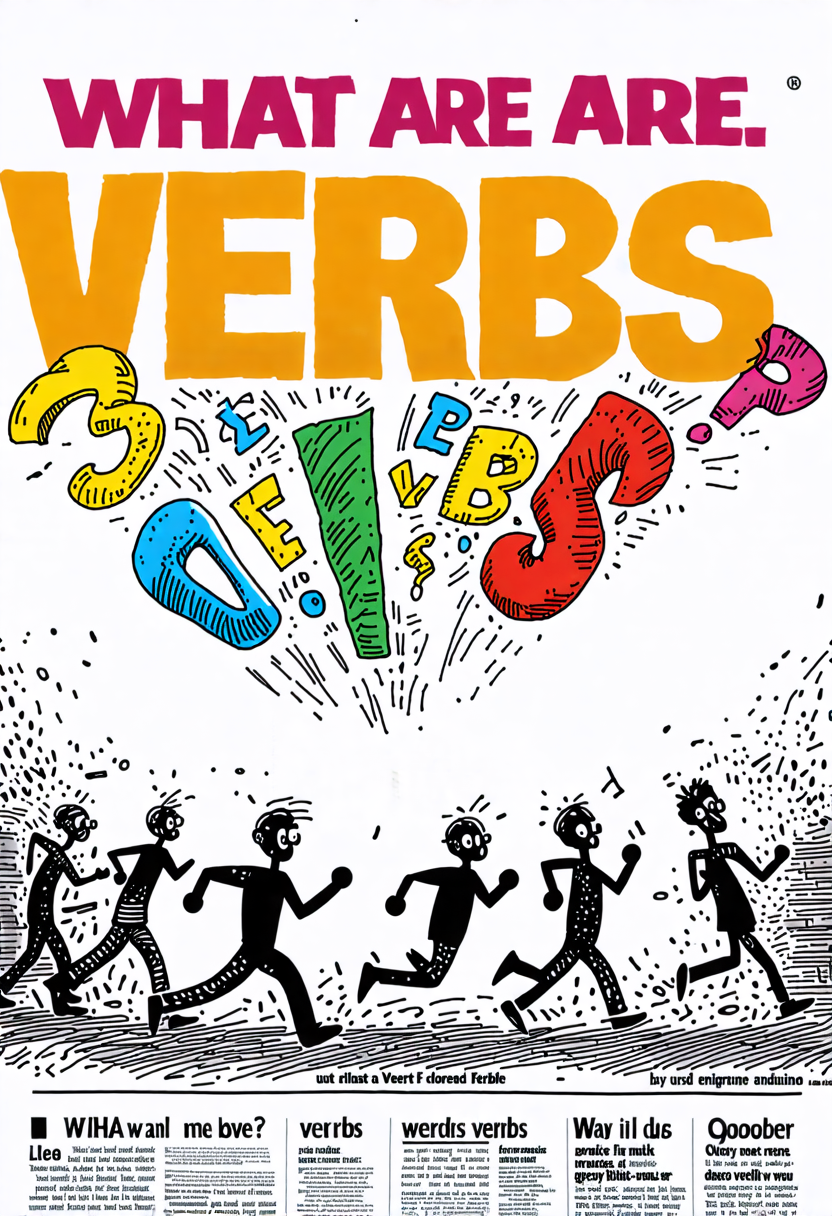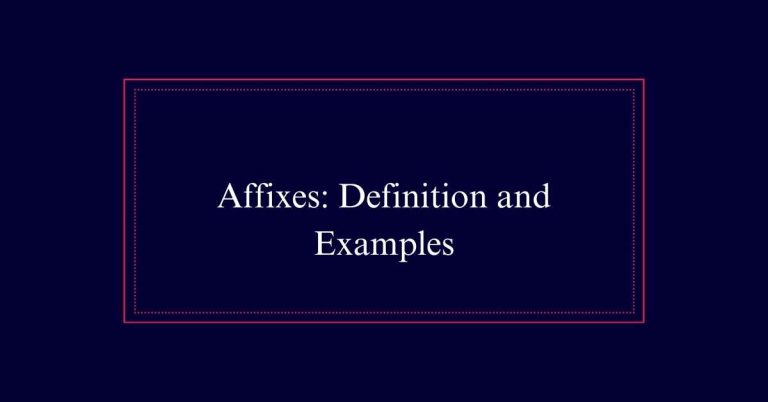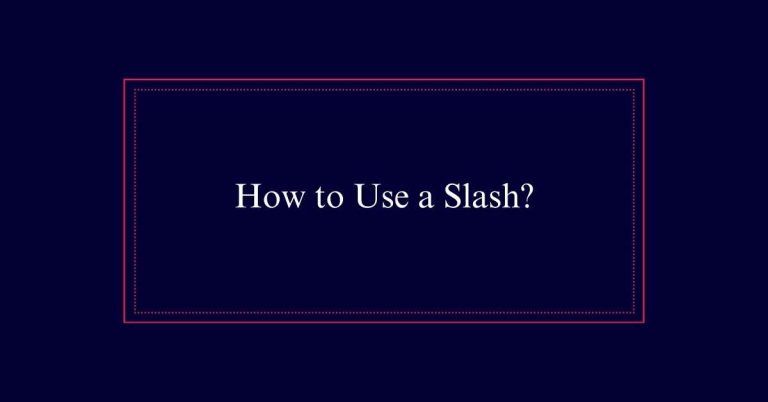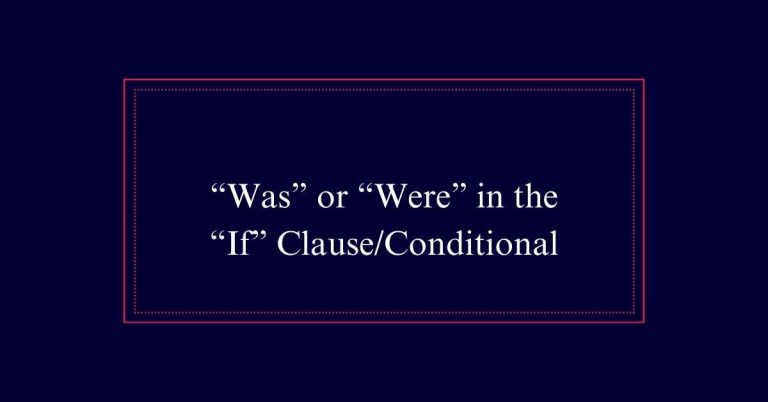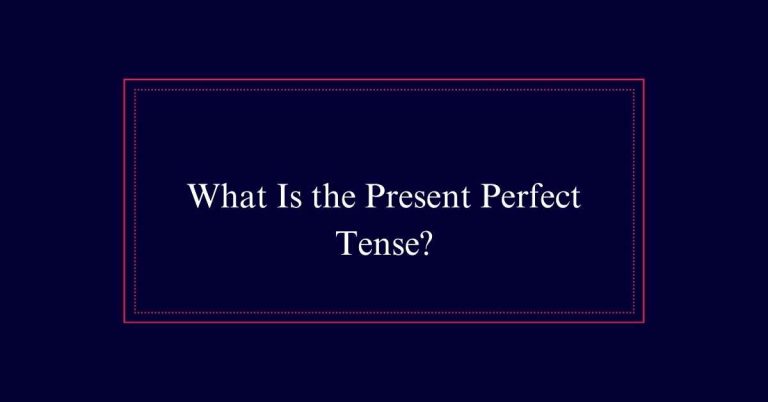What are verbs?
Verbs are words that describe actions or states of being. You can’t form a sentence without at least one verb. Action verbs show what someone does, like “run” or “eat.” Linking verbs, such as “is” or “seem,” connect the subject to more information. Verbs change form to show tense, like the difference between “walk” and “walked.” Some verbs need a direct object, while others don’t. Use active voice for clearer sentences, like “She cooks dinner.”
Understanding Verbs
When you comprehend verbs, you access the key to forming clear and effective sentences. Verbs describe actions or states of being.
Every sentence needs at least one verb to make sense. You’ll find verbs that show action, like ‘run’ or ‘jump,’ and others that show a state of being, like ‘is’ or ‘seem.’
Verbs can also help other verbs in a sentence. Knowing how to use verbs correctly is essential for writing good sentences. You’ll see verbs that need objects (transitive) and those that don’t (intransitive).
Types of Verbs
Understanding the different types of verbs will help you write clearer and more effective sentences. Verbs can be broadly categorized into different types. Action verbs show what the subject does. Linking verbs connect the subject with more information. Auxiliary verbs help the main verb express tense or mood.
Here’s a quick table to help you:
| Verb Type | Example | Function |
|---|---|---|
| Action | run, jump | Shows what the subject does |
| Linking | is, seem | Connects subject to more info |
| Auxiliary | have, will | Helps main verb (tense/mood) |
| Transitive | give, show | Requires a direct object |
| Intransitive | sleep, arrive | Doesn’t need a direct object |
Verb Forms
Verb forms are essential for conveying different actions, states, and times in your writing. You’ll encounter the root form, which is the base verb. For example, ‘walk’ or ‘run.’
The present participle usually ends in ‘-ing,’ like ‘walking’ or ‘running.’ The past participle often ends in ‘-ed’ for regular verbs, such as ‘walked.’ Irregular verbs have unique past participle forms, such as ‘run’ becoming ‘run’ (as in ‘has run’).
Understanding these forms helps you write more accurately. The infinitive form, like ‘to walk,’ is another key verb form. Gerunds, which also end in ‘-ing’ (like ‘walking’), act as nouns.
Verb Conjugation
To effectively use these verb forms, you need to grasp verb conjugation. Conjugation adjusts verbs based on the subject and tense.
For example, ‘walk’ in the present tense is ‘walks’ for he/she/it. In the past tense, it becomes ‘walked’. This process is essential for clear communication.
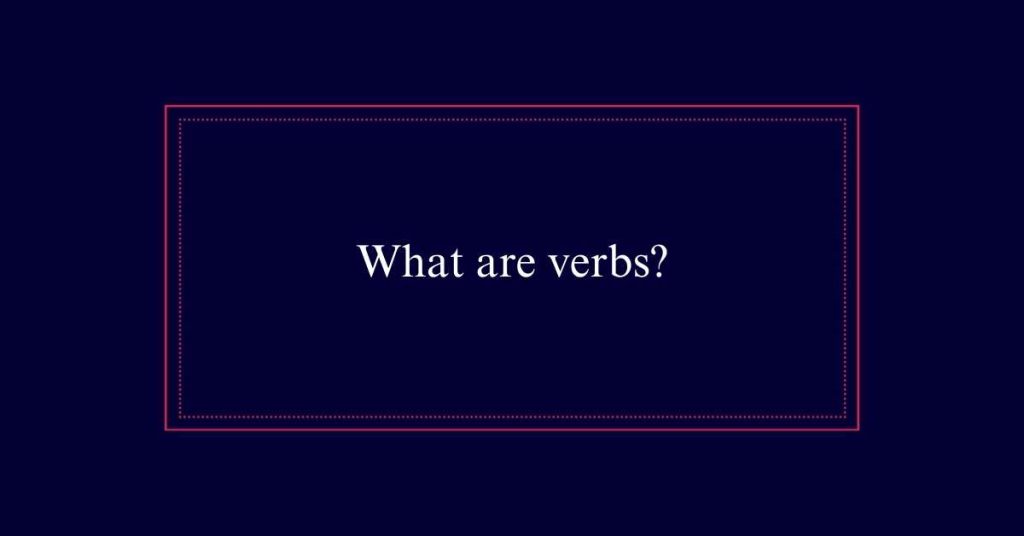
Here are some key points to remember:
- Regular verbs: Follow standard patterns (e.g., walk -> walked).
- Irregular verbs: Have unique forms (e.g., go -> went).
- Tenses: Indicate when the action occurs (e.g., past, present, future).
- Subject agreement: Verbs change with who’s performing the action (e.g., I walk, he walks).
Dynamic Vs. Stative Verbs
You need to know the difference between dynamic and stative verbs to use them correctly.
Dynamic verbs describe actions. For example, ‘run,’ ‘jump,’ and ‘write’ show activities you can see and do. Use them when talking about actions in progress or changes over time.
Stative verbs express states or conditions. Words like ‘know,’ ‘believe,’ and ‘love’ describe feelings, thoughts, or situations that don’t change quickly. They aren’t about physical actions but rather states of being.
Auxiliary Verbs
While dynamic and stative verbs show actions and states, auxiliary verbs help form different tenses, moods, and voices. You use them to make sentences more precise. Auxiliary verbs include ‘be,’ ‘have,’ and ‘do.’ They work with main verbs to create various verb forms.
For example:
- ‘Be’: Used for continuous tenses (e.g., ‘am running’).
- ‘Have’: Used for perfect tenses (e.g., ‘have finished’).
- ‘Do’: Used for questions and negatives (e.g., ‘do not know’).
By using auxiliary verbs, you can:
- Ask questions smoothly.
- Form negatives easily.
- Create different tenses.
- Add emphasis to your statements.
Voice in Verbs
In English, verbs can be used in either the active or passive voice to convey who’s performing an action.
In the active voice, the subject does the action. For example, ‘The cat chased the mouse.’ Here, the cat is doing the chasing.
In the passive voice, the subject receives the action. For example, ‘The mouse was chased by the cat.’ Now, the focus is on the mouse.
Using the active voice makes your writing clearer and more direct. It’s often preferred because it’s more engaging.
However, the passive voice can be useful when you want to emphasize the action itself or the recipient of the action.
Linking Verbs
Linking verbs connect the subject of a sentence to additional information about that subject. They don’t show action but rather link the subject to a state or condition.
For example, in the sentence ‘She is happy,’ ‘is’ is the linking verb that connects ‘She’ to ‘happy.’
Common linking verbs include:
- is/am/are
- seem
- become
- feel
You use linking verbs to describe what the subject is or how it feels. They help make your sentences clear and descriptive.
Remember, linking verbs are different from action verbs. They don’t show what someone is doing but rather what they are.
Verb Tenses
Verb tenses tell you when an action happens. They can indicate the past, present, or future.
For example, ‘I walk’ is present tense, ‘I walked’ is past tense, and ‘I will walk’ is future tense. Each tense has its own rules.
The past tense often uses ‘-ed’ endings for regular verbs but can change entirely for irregular ones, like ‘go’ becoming ‘went.’ The present tense can change based on the subject, like ‘he walks’ versus ‘they walk.’ Future tense usually adds ‘will’ before the verb.
Enhancing Writing With Verbs
Powerful verbs can transform your writing, making it more vivid and engaging. By choosing precise verbs, you can paint clearer pictures and evoke stronger emotions. Don’t rely on weak or generic verbs. Instead, opt for dynamic ones that capture specific actions.
Avoid ‘to be’ verbs: Replace them with action verbs.
Use active voice: It makes sentences clearer and more direct.
Vary your verbs: Diversify your language to maintain reader interest.
Be specific: Choose verbs that convey exact actions or states.
